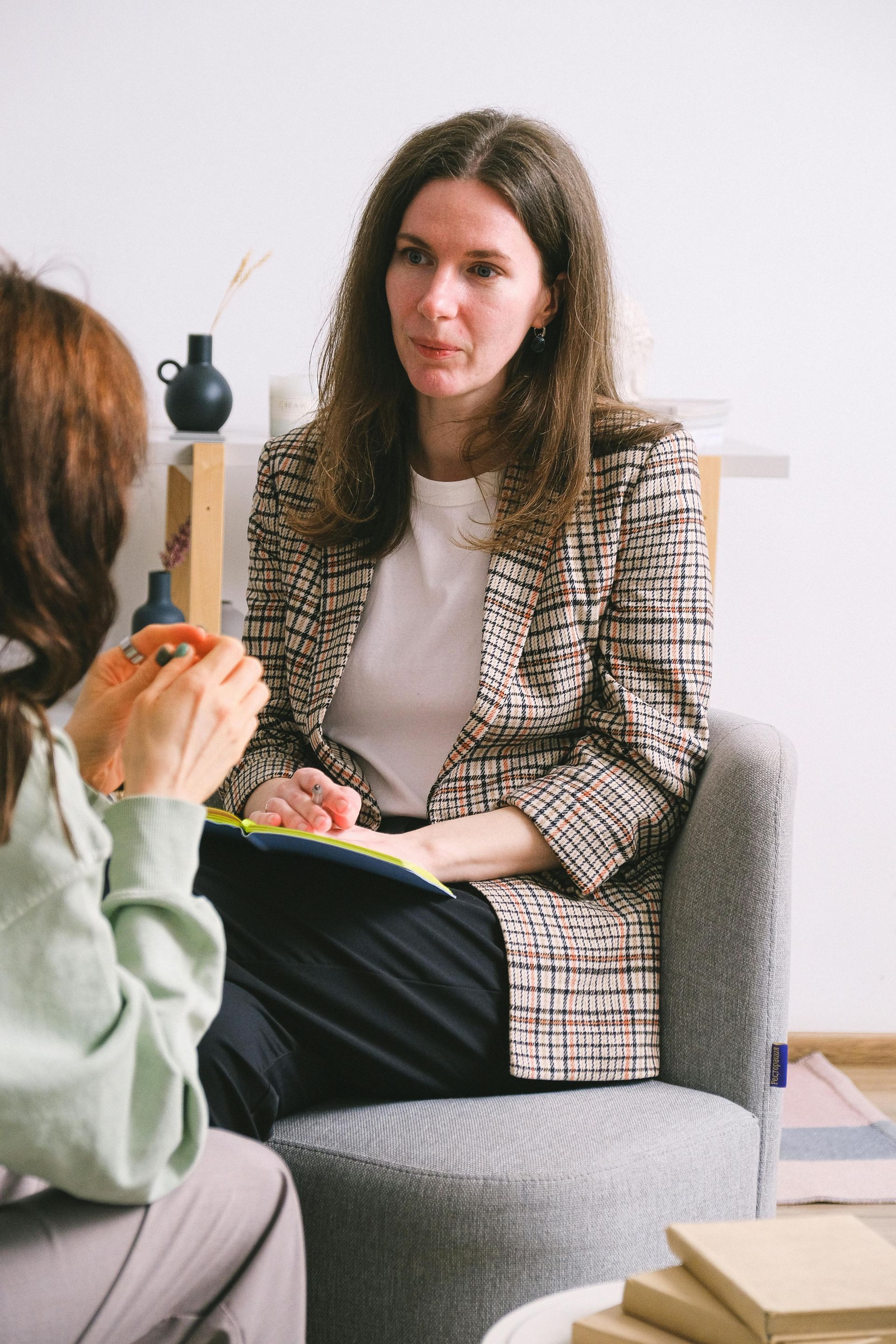Music and Art Therapy Programs for Substance Abuse:
Enhancing Recovery Through Creative Interventions
Exploring music and art therapy as tools in substance abuse treatment offers a powerful pathway to emotional expression and healing beyond traditional communication methods. At Los Angeles Drug and Alcohol Rehab Center in Los Angeles, California, we incorporate these creative therapies into our recovery programs, providing individuals with unique opportunities to process emotions and experiences in non-verbal and deeply personal ways. According to a study published in PLOS ONE, art therapy has been shown to significantly reduce symptoms of anxiety and depression, enhancing overall well-being. Similarly, research from Music Therapy Perspectives highlights that music therapy can alleviate stress and improve emotional regulation, making it a valuable component in substance abuse treatment.
Music therapy, which gained prominence in the 1970s, encompasses techniques such as guided meditation, active music-making, and music-assisted creative arts. These methods help individuals manage stress, build connections, and foster self-awareness. Art therapy has long been a cornerstone in addressing trauma, enabling individuals to safely explore suppressed emotions through creative expression. Together, these therapies support mental and emotional healing, offering clients a holistic approach to recovery that is both transformative and deeply therapeutic.
Fundamentals of Music Therapy in Addiction Recovery
Music therapy is an evidence-based practice with origins in the 1940s when musicians began working with hospitalized veterans to address physical and emotional trauma. Over time, it has evolved into a structured therapeutic approach that is widely recognized for its benefits in mental health and addiction recovery. This therapy provides a non-verbal outlet for emotional expression, which is particularly beneficial for individuals struggling with addiction. Techniques such as improvisation, songwriting, and guided listening enable participants to process complex emotions, develop coping strategies, and build resilience to overcome recovery challenges.
Key Benefits:
- Reduces anxiety, depression, and stress
- Promotes relaxation and emotional regulation
- Encourages self-reflection and community connection
Music therapy promotes relaxation, helping individuals manage cravings and triggers more effectively. Group sessions foster trust, communication, and a sense of belonging among participants, essential components for long-term recovery.
History and Methods:
Music therapy’s structured use began in the mid-20th century, inspired by its application with veterans. Today, it incorporates various techniques, including active music-making and listening, tailored to meet individual needs. This flexibility allows therapists to design sessions that align with each participant’s recovery goals and preferences.
By integrating music therapy into addiction treatment, individuals are offered a creative and supportive environment to develop new coping mechanisms, improve motivation, and achieve emotional healing. Its adaptability and evidence-based nature make it a valuable complement to traditional recovery approaches.
Fundamentals of Art Therapy in Addiction Recovery
Art therapy plays a crucial role in addiction recovery by offering patients a way to express emotions that might be difficult to articulate through words. This form of therapy provides a non-verbal outlet that can be especially beneficial for individuals dealing with substance use disorders.
Key Benefits:
- Encourages emotional expression
- Reduces feelings of shame and denial
- Enhances communication in therapy sessions
Art therapy uses various artistic techniques such as drawing, painting, and sculpture. These activities aid in developing self-awareness and improving emotional regulation.
History and Methods:
Art therapy has been employed since the mid-20th century and has evolved to incorporate different therapeutic models. Techniques used in art therapy vary widely, adapting to the individual needs of the patient. The flexibility of these methods allows therapists to tailor sessions according to the specific challenges faced by each person in recovery.
The integration of art therapy in addiction treatment programs can also motivate patients towards lasting change. By fostering a creative environment, patients often develop new coping strategies and find renewed motivation to pursue recovery goals.
WHY CHOOSE LOS ANGELES DRUG AND ALCOHOL REHAB CENTER?
Key Theories Behind the Effectiveness of Music and Art Therapy
Music and art therapy have become integral tools in treating substance abuse, guided by key theoretical frameworks. These approaches offer diverse pathways for emotional expression, cognitive restructuring, and neurological engagement.
Cognitive-Behavioral Framework
Music and art therapies incorporate principles from cognitive-behavioral therapy (CBT). CBT emphasizes altering dysfunctional thought patterns. In therapy, individuals engage in creating music or art, which can lead to self-reflection and identification of harmful beliefs contributing to substance abuse.
Through structured sessions, participants learn to reframe negative thoughts. This process can occur when engaging in artistic expression, where they observe the emergence of themes and patterns reflective of their mental state. These insights facilitate cognitive shifts critical to effective substance abuse recovery.
Humanistic Perspective
From a humanistic standpoint, music and art therapy emphasize personal growth and self-actualization. These therapies provide a non-judgmental space for individuals to explore their identity and emotions. Central to this approach is the belief in the inherent creativity and potential within each person.
Music and art allow individuals to express emotions not easily communicated verbally, fostering a deeper understanding of oneself. This leads to enhanced self-esteem and personal empowerment by enabling self-discovery and acceptance, which are essential components for overcoming substance dependency.
Neuroscientific Approaches
Neuroscientific research highlights how music and art therapy can influence brain structures and functions. Engaging in these therapies activates neural pathways associated with emotion regulation and reward, areas often dysregulated in substance abuse.
Music therapy, in particular, engages the brain's limbic system, influencing emotions and motivation. Artistic activities stimulate the prefrontal cortex, enhancing decision-making and impulse control. These neurological benefits can support individuals in modifying behavior patterns and fostering recovery.
Do You Need Help in Getting Treatment?
Worried about treatment costs or limited insurance coverage? We accept various insurance providers to ensure you get the care you need, regardless of your financial situation.
Contact us today to learn how we can help.

Benefits of Music and Art Therapy
Music and art therapy offer numerous advantages for individuals in substance abuse recovery. Through creative expression, they help enhance emotional well-being, improve cognitive and motor skills, and foster social connections and personal growth.
Enhancing Emotional Well-Being Through Creative Expression
Music and art therapy support emotional healing by allowing individuals to express feelings that are often suppressed or difficult to articulate. They can tap into emotions that might not surface during traditional therapeutic methods.
This non-verbal form of expression reduces stress, anxiety, and depression, offering a safe outlet for emotions. Therapists use music to encourage self-reflection and relaxation, which can be crucial in difficult phases of recovery. Artistic activities also provide a sense of accomplishment and affirmation, boosting self-esteem.
Boosting Cognitive and Motor Skills with Artistic Activities
Both art and music therapy contribute to enhancing cognitive and motor skills. These therapies involve tasks that stimulate brain function and encourage problem-solving. Activities require creativity, planning, and execution, which are essential cognitive processes.
Art therapy improves fine motor skills through drawing or painting, while music therapy can enhance memory and coordination, especially when playing musical instruments. These activities can result in a more comprehensive recovery experience, reinforcing skills that might have been impacted by substance use.
Fostering Social Connections and Personal Growth
Participating in group therapy sessions fosters social skills, creating an environment conducive to personal growth. Art and music provide shared experiences that help build trust, empathy, and communication among individuals in recovery.
In collaborative settings, individuals feel a part of a community, which reduces feelings of isolation. This social aspect is crucial for developing support networks that aid long-term recovery. Engagement in therapy also encourages self-discovery and reflection, promoting a deeper understanding of personal strengths and challenges.
Challenges of Music and Art Therapy in Substance Abuse Treatment
Music and art therapy are valuable tools in substance abuse treatment, but their implementation
comes with unique challenges
Limited Access to Qualified Therapists
A key challenge in offering music and art therapy is the limited availability of certified professionals trained in these modalities. These therapies require practitioners with expertise in both creative techniques and therapeutic approaches, which can be costly for treatment centers to employ. In underserved or rural areas, finding qualified therapists is even more difficult, leaving many facilities unable to offer these services. Without access to trained professionals, clients may miss out on the benefits these therapies provide. Expanding training programs and incentivizing therapists to work in addiction treatment could help address this gap.
Individual Engagement and Preferences
Not all individuals in recovery feel comfortable with creative expression, which can limit their engagement in music and art therapy. Personal preferences, cultural differences, or unfamiliarity with creative activities may lead to hesitation or resistance. Therapists often need to spend extra time tailoring sessions to meet each person’s comfort level and interests, which can be challenging in group settings. Building trust and gradually introducing activities are essential for fostering participation. Overcoming these barriers is critical to ensuring that clients benefit fully from the therapeutic process.
Integration with Traditional Treatments
Integrating music and art therapy into broader treatment plans can be complex, especially when combined with traditional methods like CBT or MAT. Effective coordination among therapists is necessary to ensure creative therapies align with the goals of evidence-based treatments. However, misalignment between approaches can lead to inconsistencies or undervaluing of creative therapies. This challenge requires clear communication and collaborative planning among providers. When successfully integrated, these therapies can enhance overall recovery outcomes and provide a more holistic approach to treatment.




